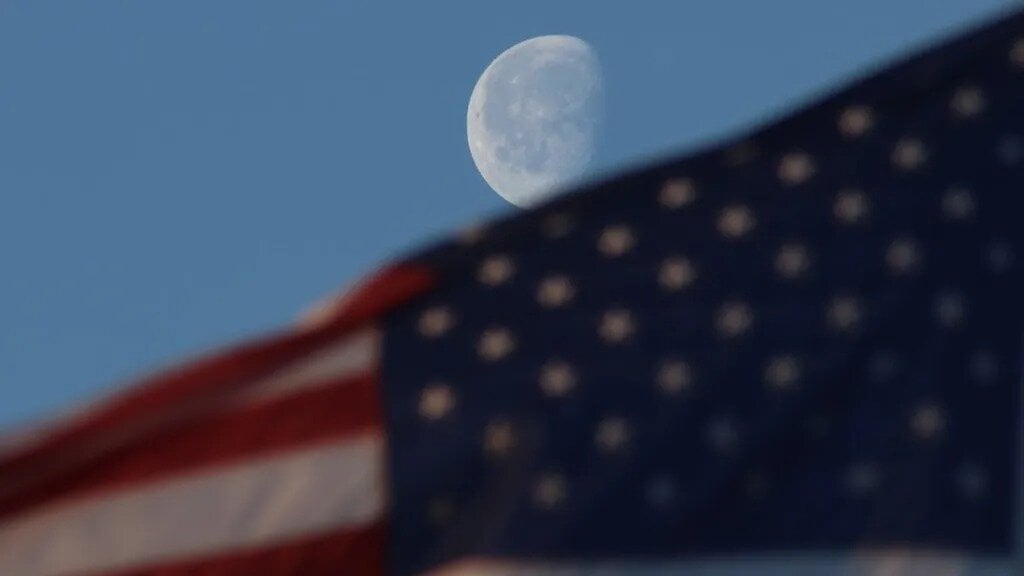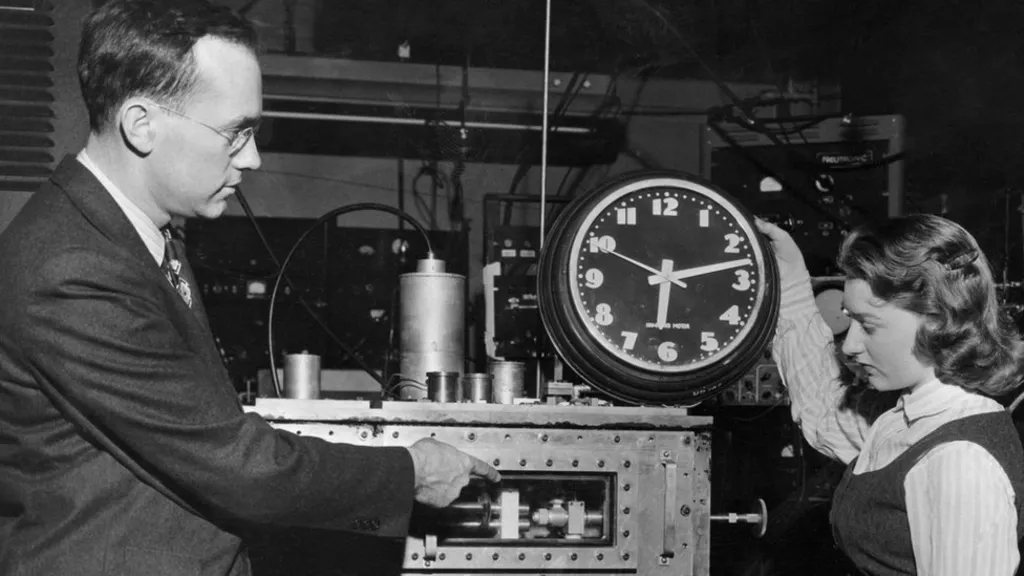
Because of the different strength of the Moon's gravitational field, time moves faster there than on Earth, by 58.7 milliseconds every day. This difference may not seem like much, but it will likely have a major impact on efforts to synchronize spacecraft movements.
That's why the US government hopes so The new time zone will make it easier to coordinate efforts It is paid by national organizations and private companies to reach the moon.
Speaking on the BBC's Today programme, Professor Catherine Heymans, Astronomer Royal of Scotland, said: 'The fundamental theory of gravity in our universe has an important extension, meaning that time flows differently in different parts of the universe.' Gravity on the Moon “A little weaker, so the clocks tell the time differently.”
Currently, time on Earth is measured by hundreds of atomic clocks located in different parts of our planet that measure the changing energy state of atoms in order to record time with nanosecond precision. If the same clocks had been placed on the moon, they would have added one second to the time they would have measured in 50 years.
“The atomic clock on the Moon will tick at a different rate than the clock on Earth,” said Kevin Coggins, NASA's communications and navigation officer. “It makes sense that when you travel to another celestial body, like the Moon or Mars, each one has its own pulse,” he said.

One of the first individual watches of the mid-1950s
However, NASA is not alone in trying to make lunar time a reality. The European Space Agency has been developing a new time system for some time. Clearly, agreement between countries and a central coordinating body would be needed: at present, responsibility for measuring time on Earth rests with the International Bureau of Weights and Measures.
Currently, the International Space Station uses Coordinated Universal Time, as the station remains in low orbit around the planet. Another criterion is that countries will need to agree on the starting point of the new time frame and where it will extend.
The United States wants the LTC to be ready by 2026, before a manned mission to the moon.
The “Artemis-3” mission will be the first mission to transport humans to the surface of the moon since the seventeenth mission of the Apollo program in 1972. It is expected to land on the south pole of our natural satellite, where estimates indicate that there are huge quantities of reserves of ice water, inside the craters in which Never come into contact with sunlight.
Locating and directing this mission requires extreme precision, down to the nanosecond level, because any errors in navigation would endanger the spacecraft, which may find itself in the wrong orbit around the moon.
Because the Artemis-3 mission is just one of a series of planned missions to the Moon, both by government agencies and private companies. If there is no timing coordination between these missions, there may be difficulties in transmitting data and communications between the spacecraft, satellites and Earth.
-
1
-
3

“Total alcohol fanatic. Coffee junkie. Amateur twitter evangelist. Wannabe zombie enthusiast.”







More Stories
Is this what the PS5 Pro will look like? (Image)
Finally, Windows 11 24H2 update significantly boosts AMD Ryzen – Windows 11 performance
Heart Surgeon Reveals The 4 Things He ‘Totally Avoids’ In His Life